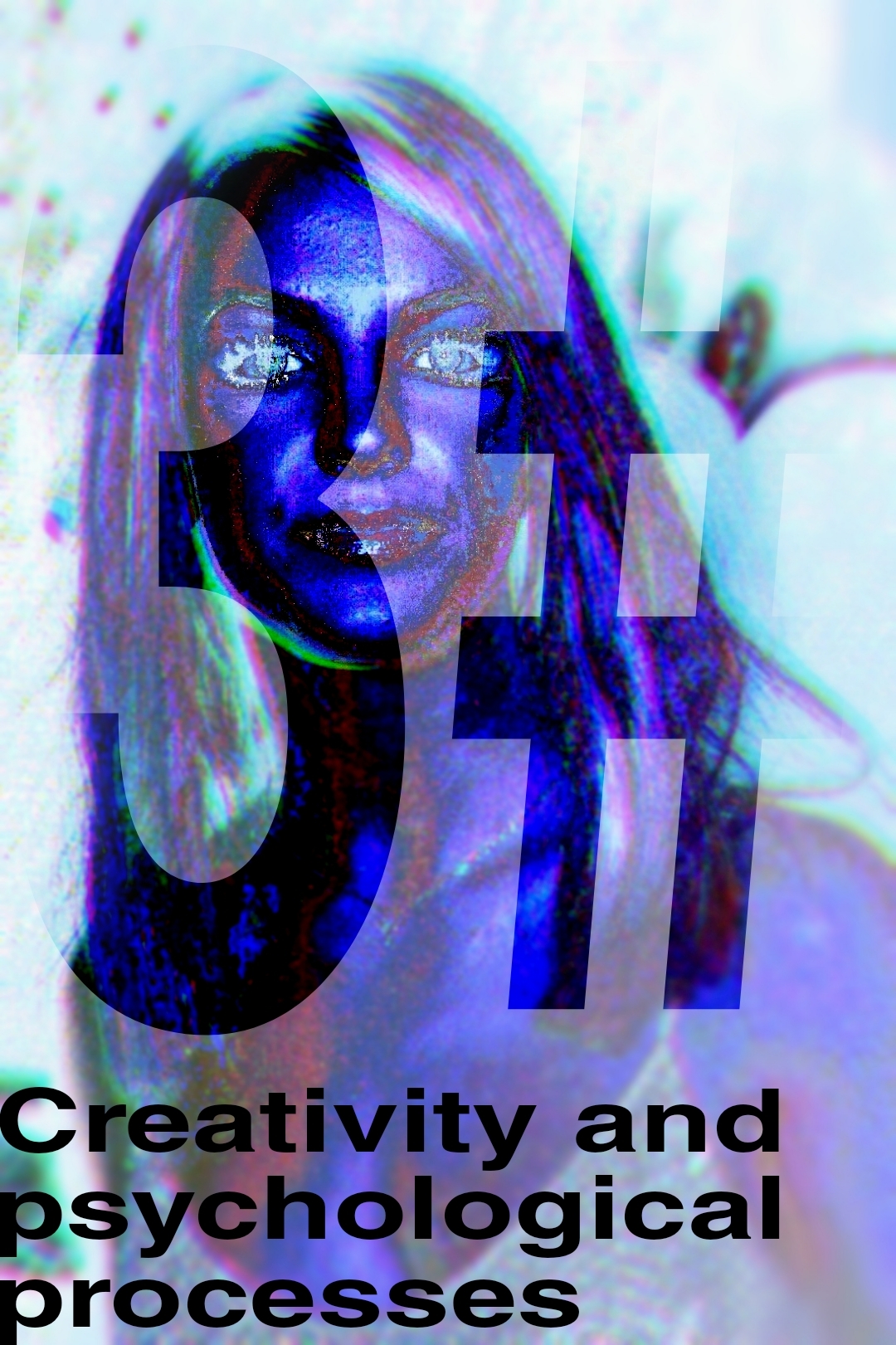
Have you ever thought about how we come up with artistic ideas? How does our creativity work? Creativity is the use of imagination or original ideas to create something. Imagination is one of the psychological processes that enables the creation of an image so that not a single sense is used during this process. While imagining, not only images are created for us, but also concepts, scenes, abstract notions, words, numbers, etc... Thanks to imagination, which allows us to be creative, psychological processes are connected with creativity.
Flow state
As much as creativity is known to us as a feature that is made possible by imagination, so much is imagination an activity that can, even unconsciously, introduce us to the so-called "flow" state. This state can be defined as "rapture" in what we fantasize about, we get carried away as our creative thoughts flow while we fantasize. So we are only focused on our imagination while we are in this state, nothing else is paying attention to us but this action and we are not even paying attention to ourselves. In this state, we can force ourselves to create, because it is very likely that the desire to create will arise while we are engrossed in our own imagination, thus creativity will surface. An example would be me, who is currently experiencing a flow state while writing this essay. Words go by themselves, from head to paper. And time just flows, until at the end of this activity you realize how quickly time has passed during this state.
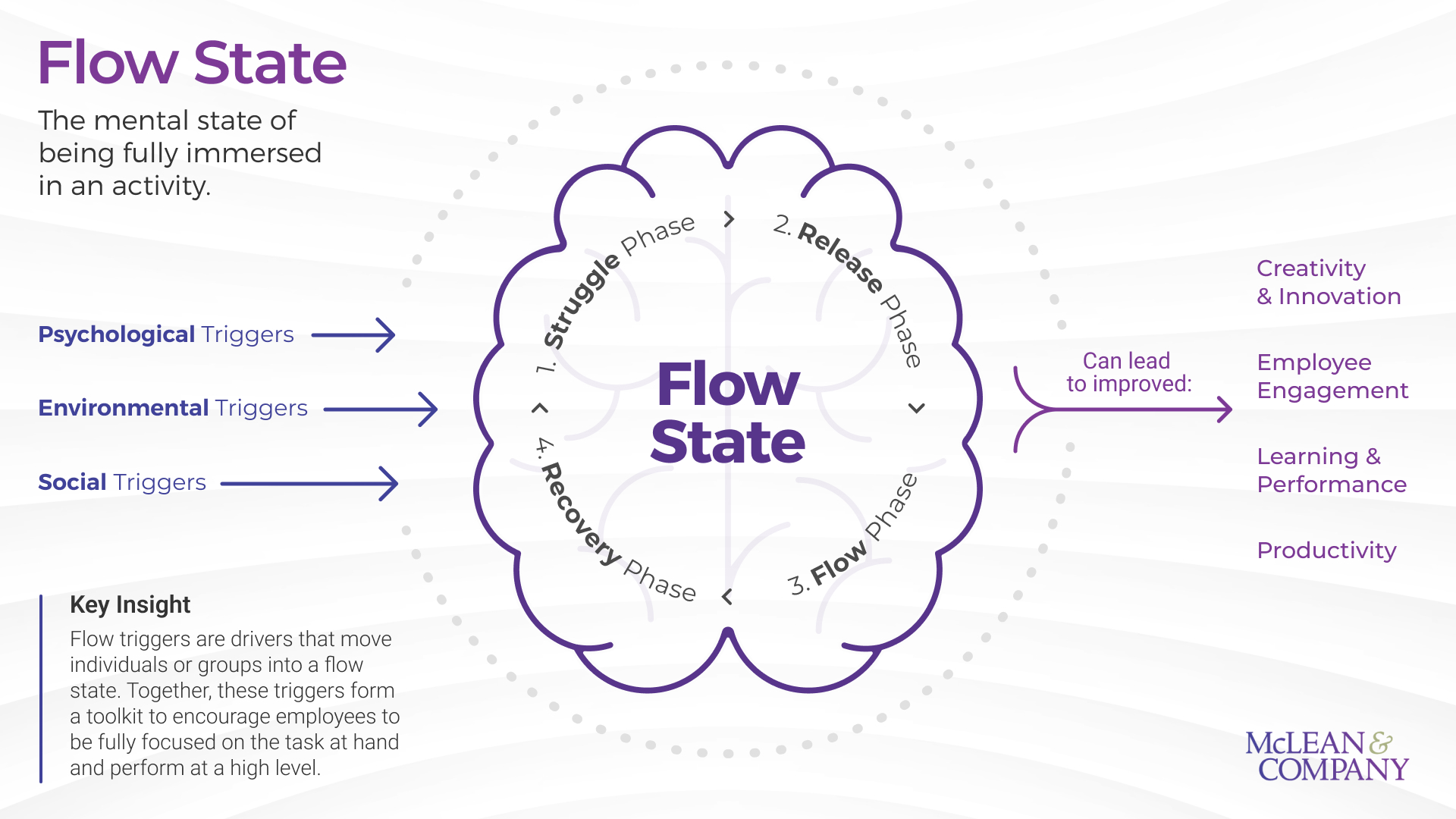
Psychoanalytic approach to creativity
In order to get into the concept of creativity that arises from the psychological processes themselves, there are theories that best explain this phenomenon of creativity. Donald Winnicott said "Only the true self can be creative and only the true self can feel real". Therefore, creativity is not only present in us, but also makes us discover our true self through art, where creativity is most expressed. Erik Erikson also confirms this with his theory of psychological development. In the seventh stage of psychological development, creativity is mentioned, which in middle age announces the desire to contribute well to the community in which they live. He also mentions this creativity in the following statement: "You see a child playing, and it's as close as you can see an artist painting, because in play the child says things without saying the words. You can see what's wrong. Young children, especially, have tremendous creativity , and everything in them comes to the surface in free play.". This confirms that especially children have creativity that helps them think better. Then Freud says that human behavior is influenced by unconscious memories, thoughts and urges. Therefore, we can conclude that creativity, connected to our imagination, which is connected to our thoughts and feelings, emerges from our unfulfilled needs, triggering our creative impulses, most often manifested in art.
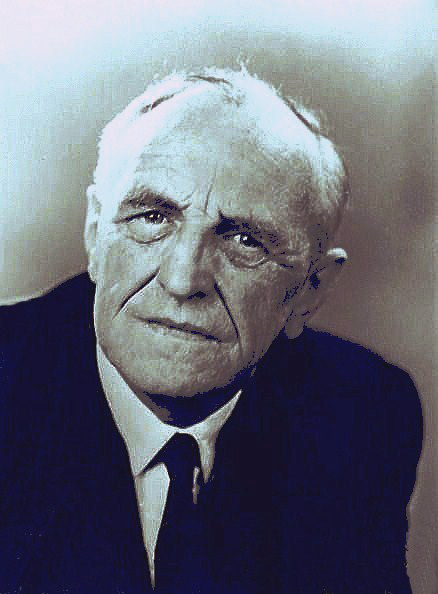

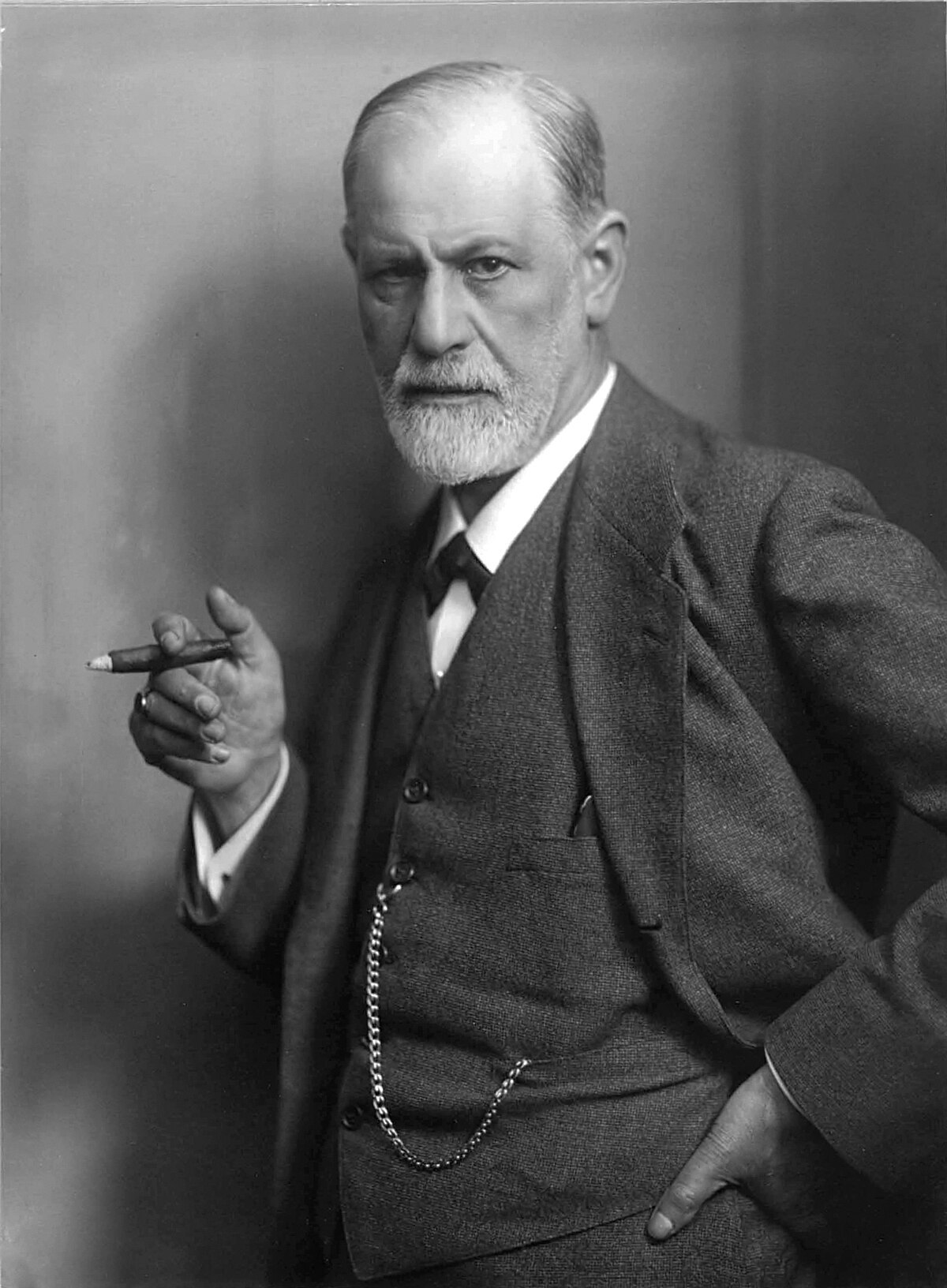
Donald Winnicott, Erik Erikson and Sigmund Freud
Jung's theory as an approach to creativity
Like Freud, Jung also affirms that creativity arises from within ourselves. His theory of the collective unconscious explains it well. The four archetypes (persona, shadow, anima/animus, and self) are part of our collective unconscious, and the evidence that our collective unconscious or subconscious exists is cryptomnesia. Cryptomnesia is the phenomenon of a person remembering something that was in his subconscious and thinking that it was his original thought. Cryptomnesia is connected with the creative process, because that "original thought" inspires a person to create something similar to it, therefore, there comes a moment when a person is "driven" by some unknown force to create. That's why Jung said: "Art is a kind of innate drive that seizes man and makes him its instrument.". Inspiration occurs by thinking of new images, shapes, sounds, etc... which are usually a product of cryptomnesia. When these thoughts emerge from our subconscious, they can be called "foreign" and "limited". While these were actually manifested thoughts from our memories, it can be said that when we are inspired, we are "possessed" by those memories by forcing us to create.
Inspiration also puts us in a flow state.
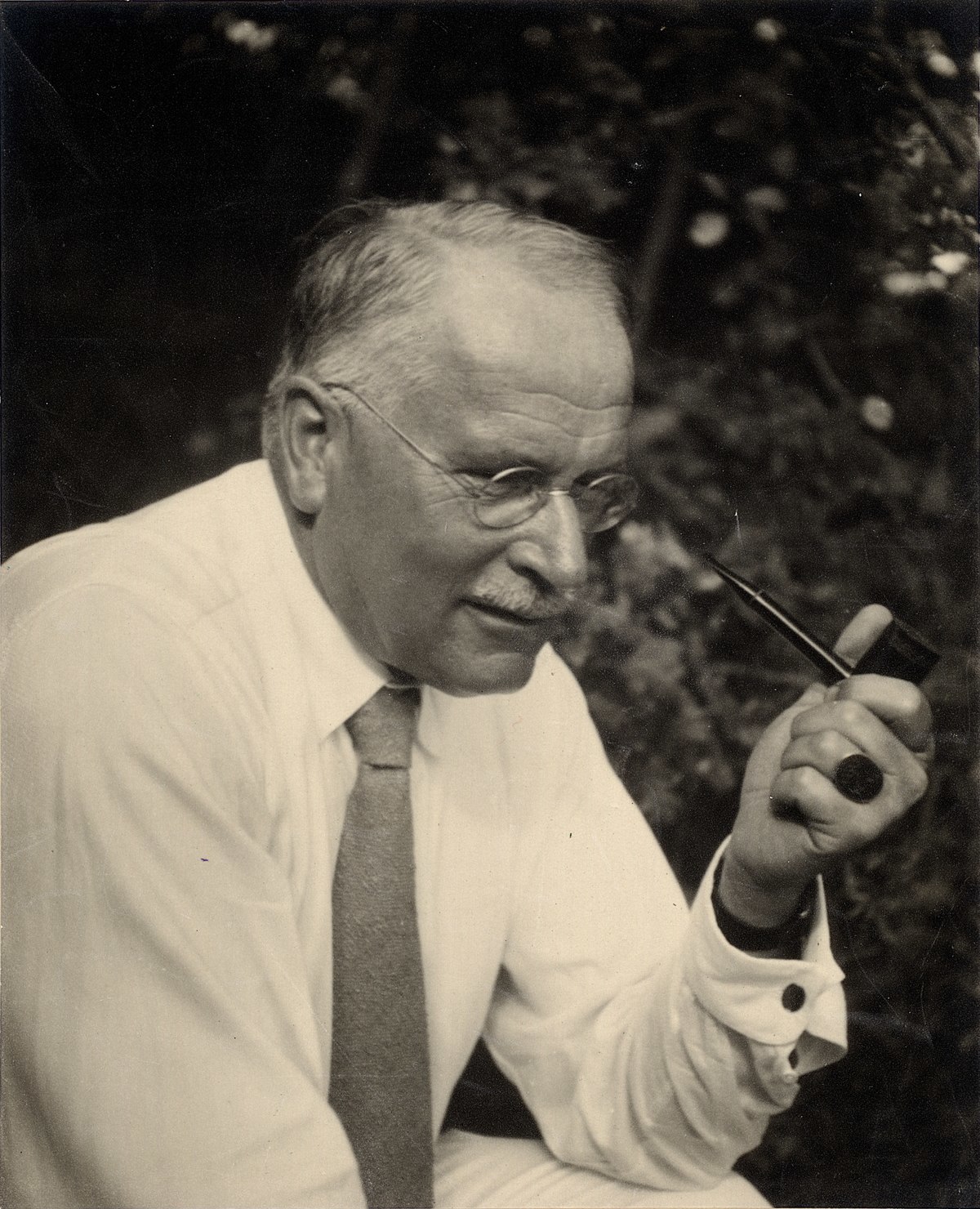
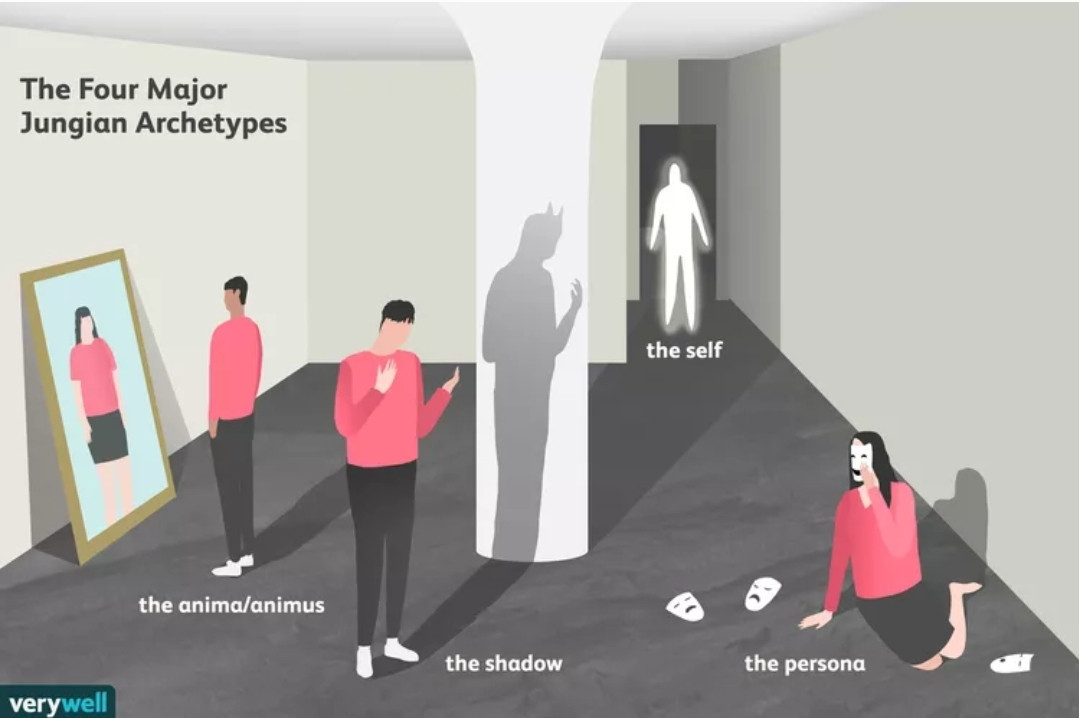
Carl Gustav Jung, The four archetypes
The relationship between emotional intelligence and creativity
Since creativity has been proven to originate from our subconscious, so do emotions and our understanding of those emotions have a connection to the subconscious. "Creativity" and "emotions" where is the connection?
Emotional intelligence is the ability to manage your own emotions and understand the emotions of the people around you. There are five key elements: Self-awareness, self-regulation, motivation, empathy and social skills. When it comes to self-awareness, then we are aware of ourselves and we are aware of our desires, inspirations, problems, etc... We can describe ourselves based on the inner aspects that we all have. Then we know what to fantasize and think about and know what we want to create. With self-regulation comes determination, which also allows us to make up our minds about our desires and "filter" desires from passion. Motivation is what drives us, mostly when we are inspired, then we have the motivation to create. Empathy is understanding other people's emotions, with empathy we have the ability to contribute good to the community. And finally, social skills that work similarly to empathy. They allow us to recognize the other, their desires and problems, and to connect with the other.
Emotions play a big role when it comes to the creativity associated with creation. This is most noticeable in artists such as Van Gogh, Picasso, Michelangelo, etc... Van Gogh experienced the world intensely and thus depicted many emotions in his paintings such as love, hope, suffering and anxiety. While Picasso depicted human misery and social alienation that burdened him. Michelangelo had the ability to convey deep emotions through his art, and for that he used his sculptures the most: the Pieta and David, which are shown in moments of intense emotion.
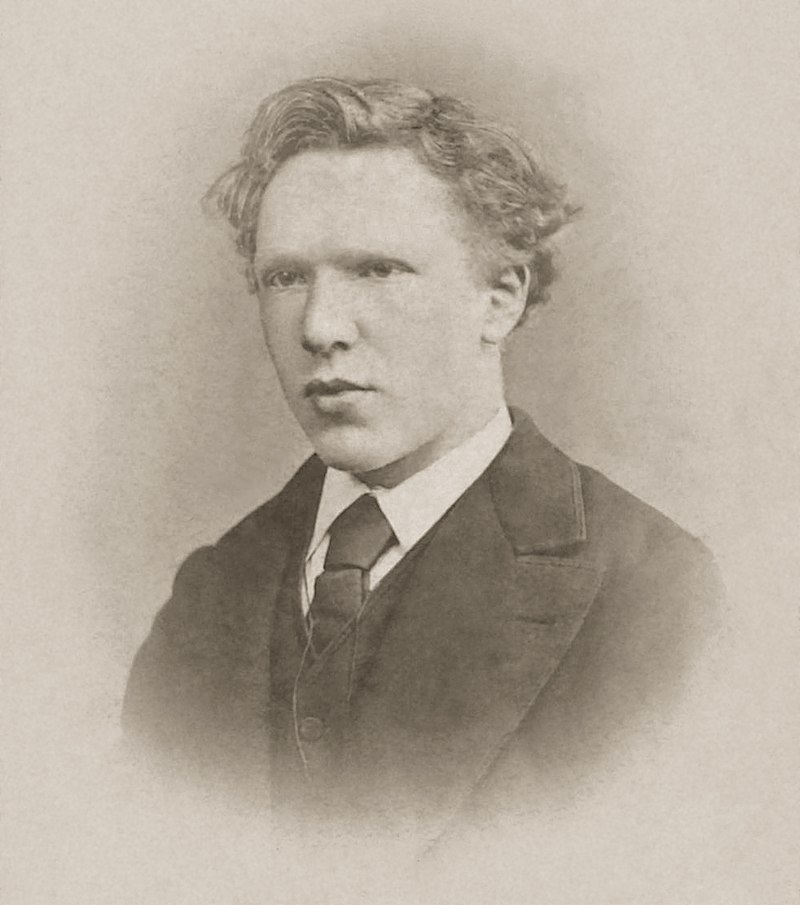
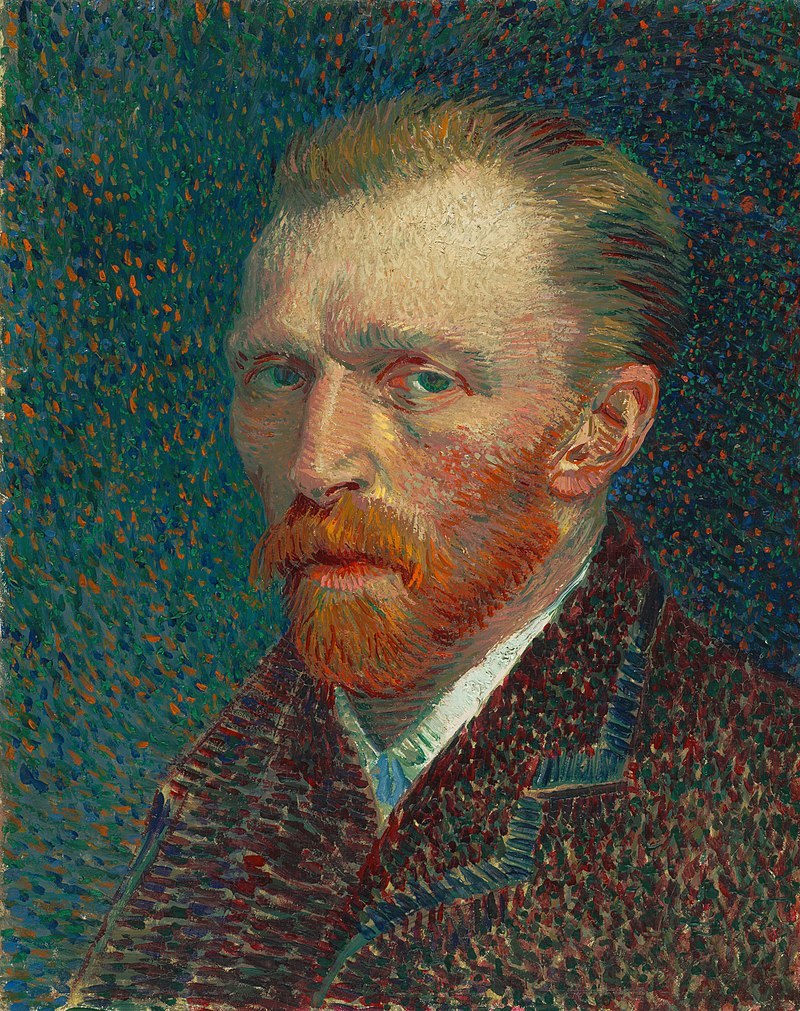
Vincent Van Gogh (portrait in his young time and self-portrait he painted)
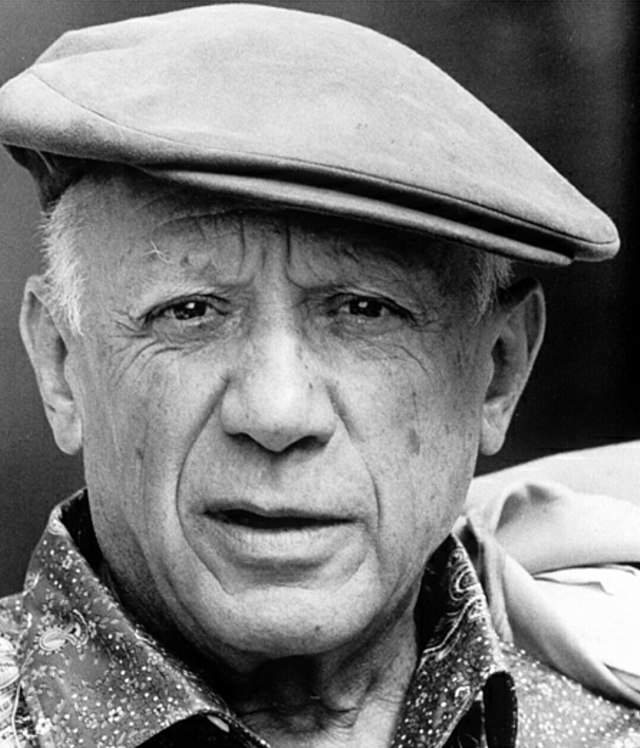
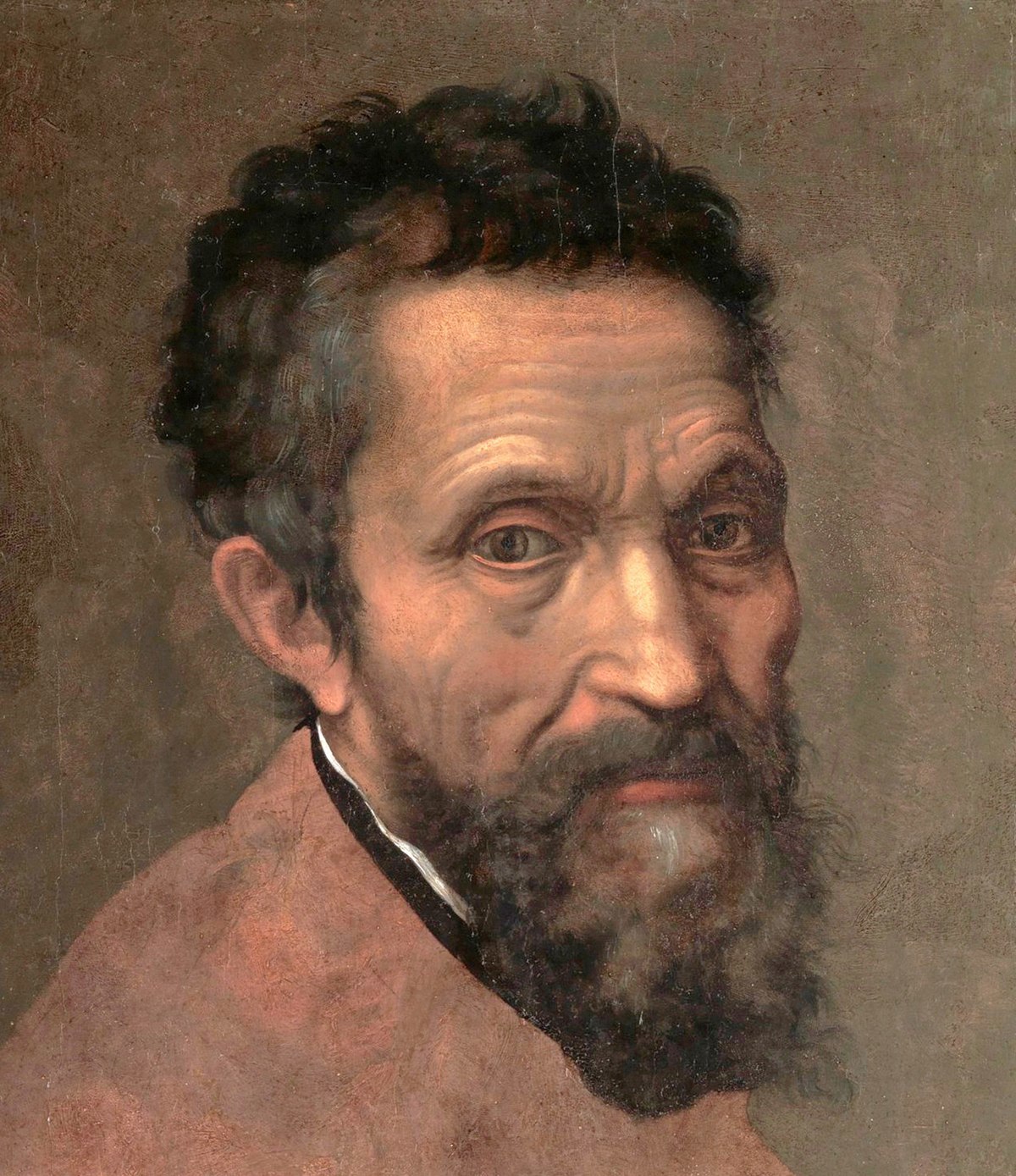
Pablo Picasso and Michelangelo
Melanie believes that creativity comes from our deeper feelings, which turn negative because of the problems we have. Those feelings are our fuel that makes us think creatively to find a solution to our problem. That's why she said: "The root of creativity lies in the need to repair a good object destroyed during a depressive phase.". Therefore, Eric's quote and Melanie's quote match. Since Melanie worked with children as a child psychoanalyst, she confirmed that this is most visible in children, because children are still in the stage where they interact with toys, that is, objects.
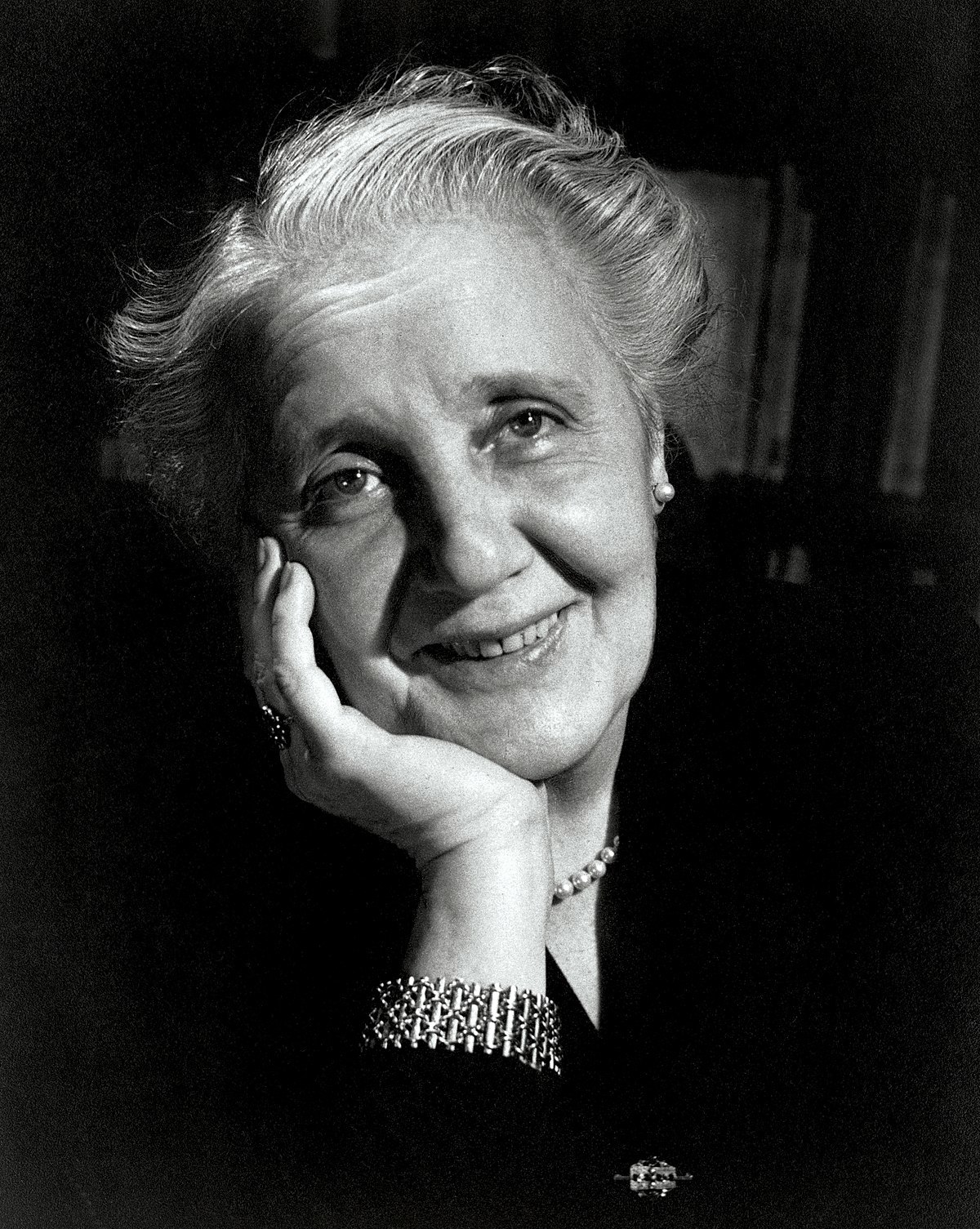
Melanie Klein
Book source
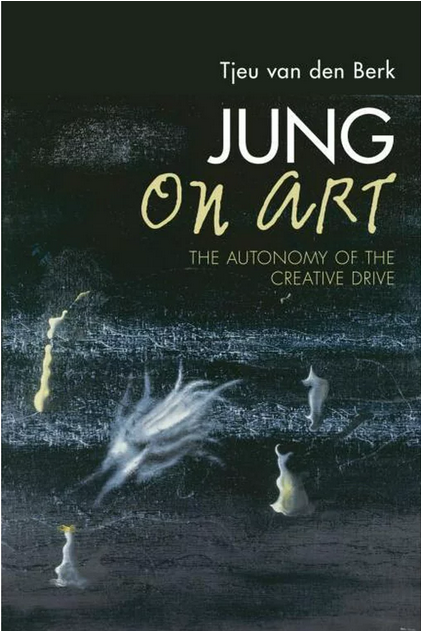
milica
